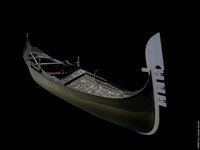Hochformat. Gebundenes Märchenbuch mit 498 Seiten. Einem Vorwort von Albert Ludwig Grimm (Seite V-VI) folgt das Inhaltsverzeichnis (Seite VII-IX). Als Illustrationen sind farbige Chromolithografien im Buch: "Geschichte von dem weitgerühmten Sänger Arion" "Märchen von der schönen Psyche" "Maerchen von dem Helden Perseus mit Haupte der Medusa" "Die Sage von dem goldenen Vliesse" "Die Sage von Herakles" "Maerchen von den Irrfahrten des Odysseus".
3. Auflage
en

